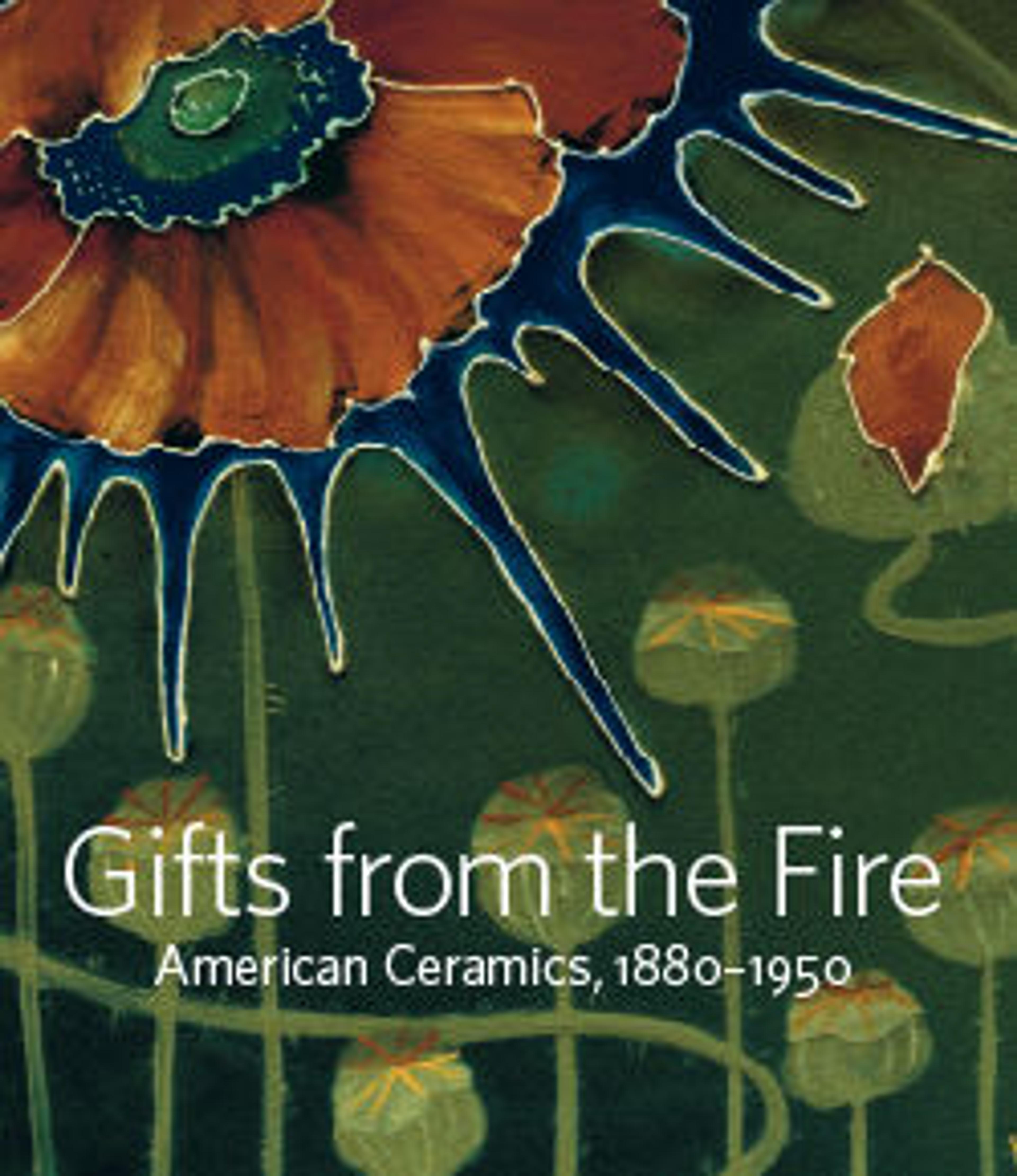Vase with marine life
Many of the Cincinnati potters and decorators of the late 1870s and early 1880s were skilled practitioners of the French technique of barbotine, or painting with colored slips under the glaze. Another aspect of barbotine decoration was introducing applied elements of flowers, or in this exceptional example, marine life. Thomas J. Wheatley demonstrated an affinity for Japanese art that aligned with French ceramics in the 1880s. Known primarily for his barbotine, this vase and a small numbers in this mode, reflect the influence of Asia in their motifs and inspiration, as well as demonstrating his reverence for the French sixteenth-century pottery of Bernard Palissy. Palissy, a prominent figure in all histories of ceramics, is often considered the father of modern ceramic art. Wheatley’s distinctive vase drew upon the Renaissance master’s work in portraying sea life realistically and in high relief. It literally pulsates with life as the fish, crustacean, and seaweed surge around the gourd-shaped vase, and boldly extend beyond the vase’s lip.
Artwork Details
- Title: Vase with marine life
- Maker: Thomas J. Wheatley (1853–1917)
- Date: 1882
- Geography: Made in Cincinnati, Ohio, United States
- Culture: American
- Medium: Earthenware
- Dimensions: H. 11 in.
- Credit Line: Gift of Martin Eidelberg, 2020
- Object Number: 2020.64.188
- Curatorial Department: The American Wing
More Artwork
Research Resources
The Met provides unparalleled resources for research and welcomes an international community of students and scholars. The Met's Open Access API is where creators and researchers can connect to the The Met collection. Open Access data and public domain images are available for unrestricted commercial and noncommercial use without permission or fee.
To request images under copyright and other restrictions, please use this Image Request form.
Feedback
We continue to research and examine historical and cultural context for objects in The Met collection. If you have comments or questions about this object record, please contact us using the form below. The Museum looks forward to receiving your comments.
